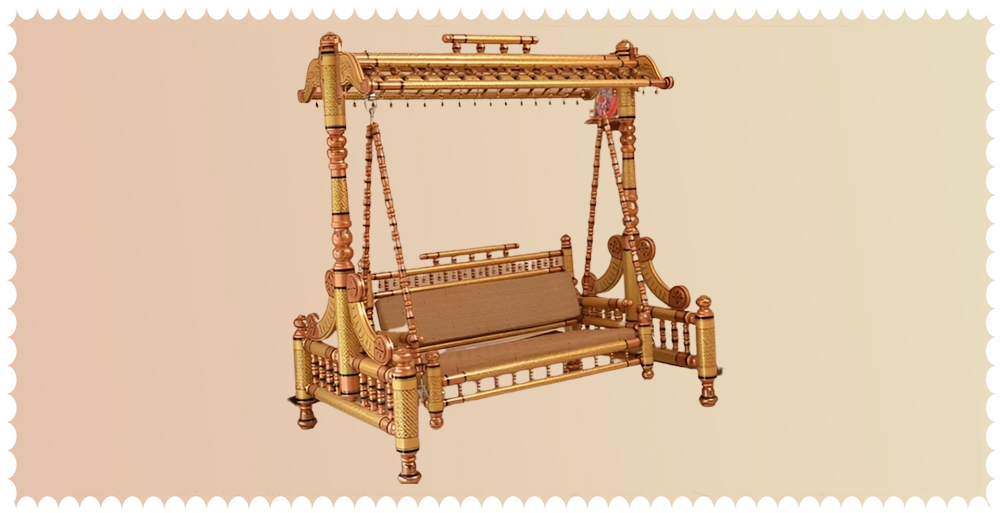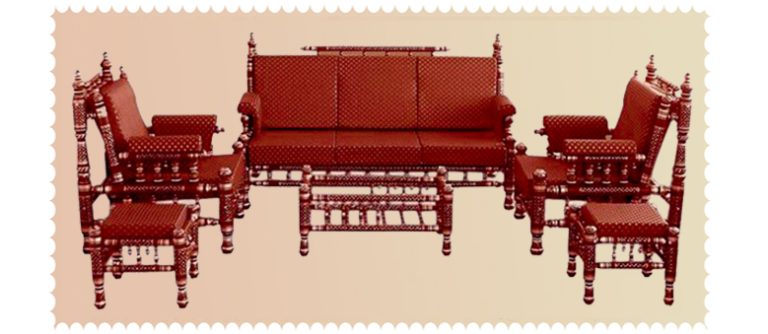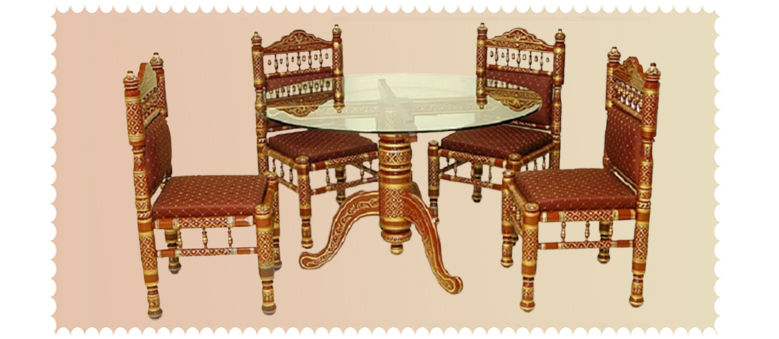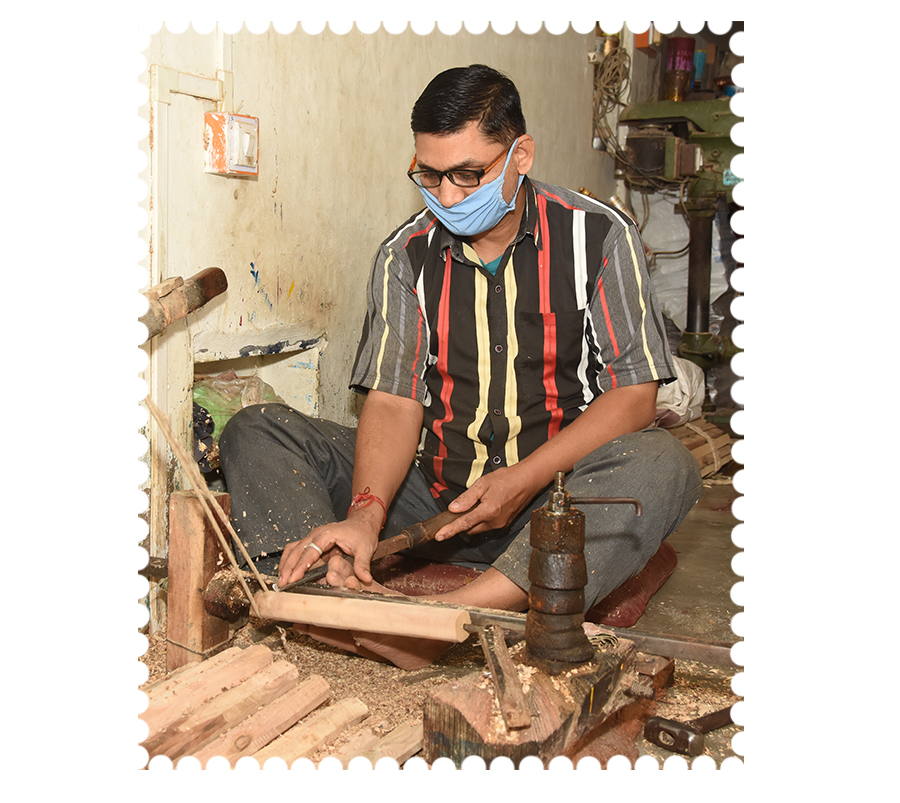
The fascination of wood work in the homes of Gujarat
We’re an established name in Sankheda Furniture owing to high quality designs and excellent durability. Indian homes have always been a kaleidoscope or indigenous arts and crafts. From our linen to our woodwork, our homes have a wholesome mix of handicraft collected from different corners of the country. One such artwork that has jumped to prominence again, is Gujarat’s Sankheda furniture. While the traditional art form dates back to several centuries, it is making a return to modern Indian homes, adding a dash of elegance with its look. These are internationally renewed for their grand, hand-painted motifs on shiny lacquered turned teakwood.

The Sankheda Story
The Sankheda carpenters have kept up with the age of automation as far as some of their tools are concerned but not at the cost of compromising on the inherent quality of the art. For example, the lathes, which used to be manually operated, are now motorized. They are, however, adamant about not tampering with the natural ingredients used to make the furniture. No modern substitutes will do for the kalai (the tinning process), as there could be impurities, which will affect the coloration or the glow.
They are also aware that since their art is very dependent on nature-the teakwood, the kewda leaf, the squirrel’s tail brush, the lacquer from the lac tree-the future might not be so bright as these may not be available in plenty. Several families in the village are involved in satisfying the growing demand for the furniture, which has made the village famous. Some export directly to the clients while others supply through export houses.


The Sankheda Usage
- Earlier only small objects like rolling pins, toys, bangle stands were made. This has now evolved into things like dining tables, swings and sofa sets.
- Sankheda is highly revered and considered auspicious.
- Therefore, one notices it primarily during religious and festive events in the form of pedestals for idols, cradles for infants, walkers for babies, dandiyas etc.
- It is also used for three-piece settees, dressing tables, headboards, tables, rocking chairs, screens, divans, flower vases etc.
- More recently, wall hangings, lamps, vases, toys, hammock supports are made in this style.
- These are in high demands during the wedding season in Gujarat. Traditional furniture made using this technique is bought in a large quantity during this time.
- Swings are also one of the most popular items of furniture as it is well-suited to the hot and humid climate of the regions like Gujarat.
- Traditionally the chairs used in the Gujarati weddings on which the bride and groom sat, was a piece of Sankheda furniture. This is still used by some people.


The Sankheda Significance
- Sankheda furniture, being auspicious, is a common gift during marriages in the Gujarati community. The bride’s family gifts it to her during her wedding, to help fill-up her new home.
- They also consider it as precious as gold.
- A child’s cradle, known as a Ghodiyu is believed to be one of the Sankheda furniture items. Cradles have become a treasured heirloom within the community and is passed down through generations. They are a must have for the new born babies in Gujarati families.
- It is also believed that in the past, Gujarati royalty gifted cradles to other royalty and heads of other countries.
- This craft is also significant as the wood used lasts for generations and it is also considered pure.
- Interestingly, this craft has created a deep sense of collective identity amongst the craftsmen.
- The process of making furniture involves different skills, therefore, many craftsmen are involved in the production of each piece.
- Some train to become masters in wood-turning, while others aim to become masters in painting patterns.
- There are 10-15 master craftsmen who are experts in all the skills and they oversee the production to ensure uniformity within a piece and across all pieces of furniture.
- The relationship between all the craftsmen involved is of an interdependent nature, due to which they possess a common identity.
- This feeling of oneness runs so deep amongst them that they named the town after the craft.
- Sankheda furniture is also protected under India’s Geographical Indications (GI) Act, 1999, therefore increasing its value and significance to members of the community.
